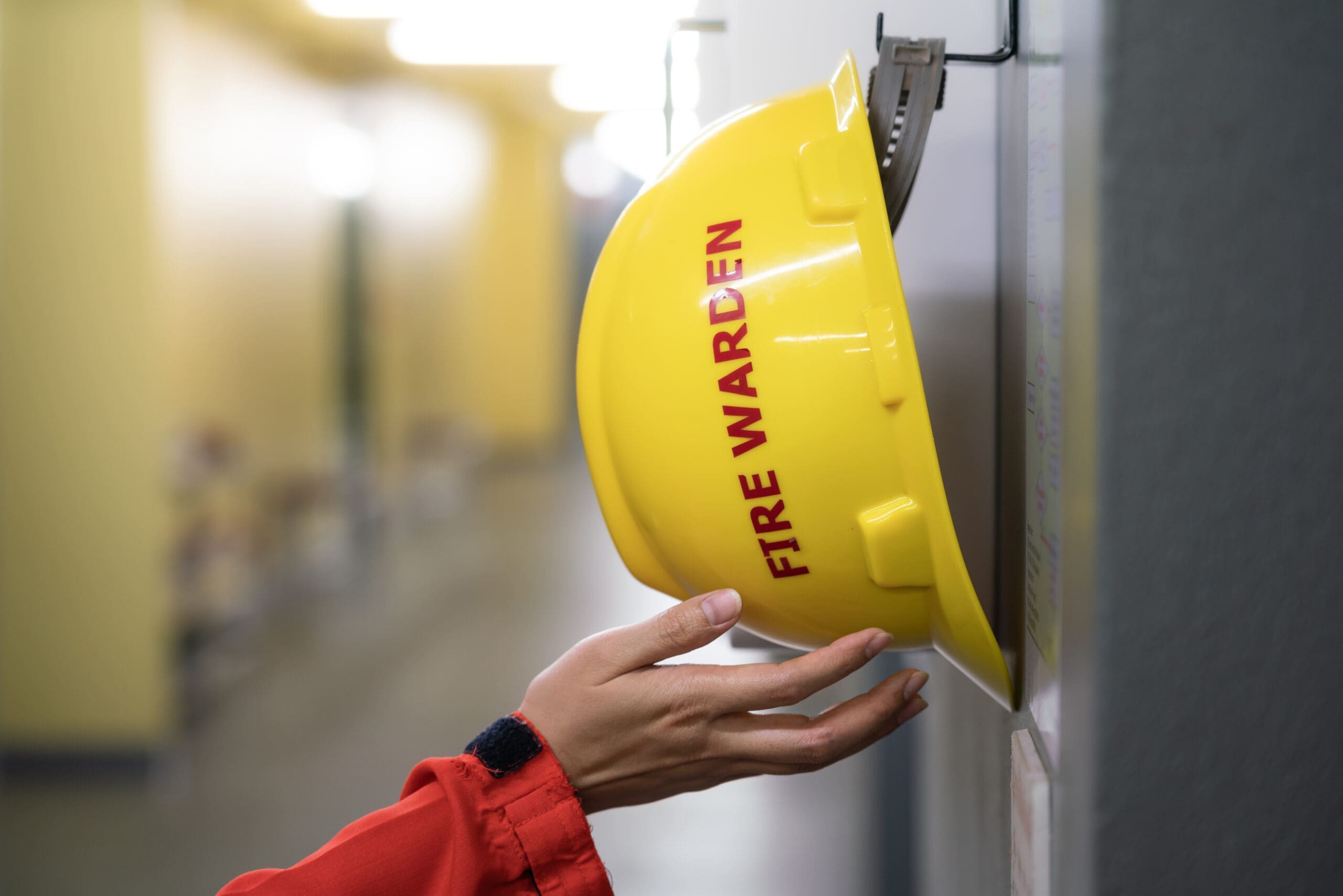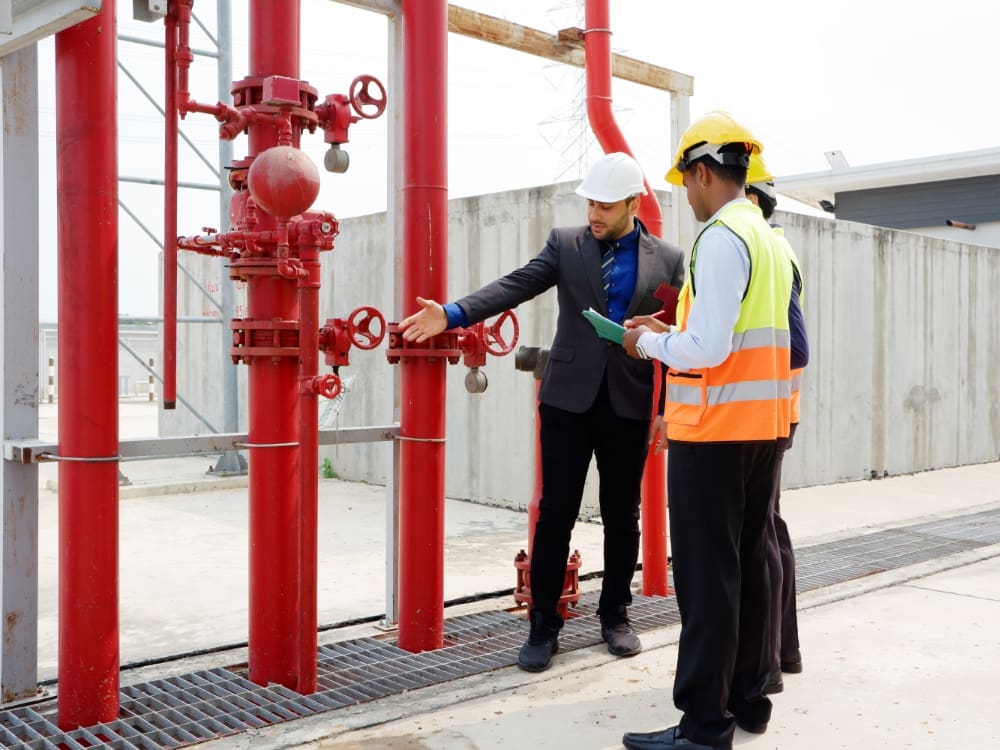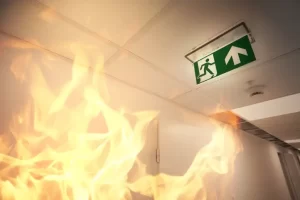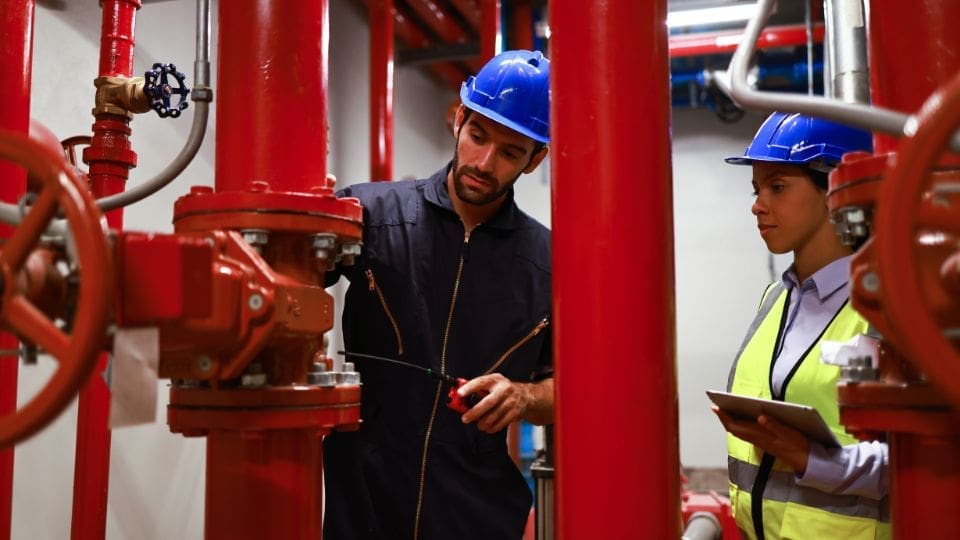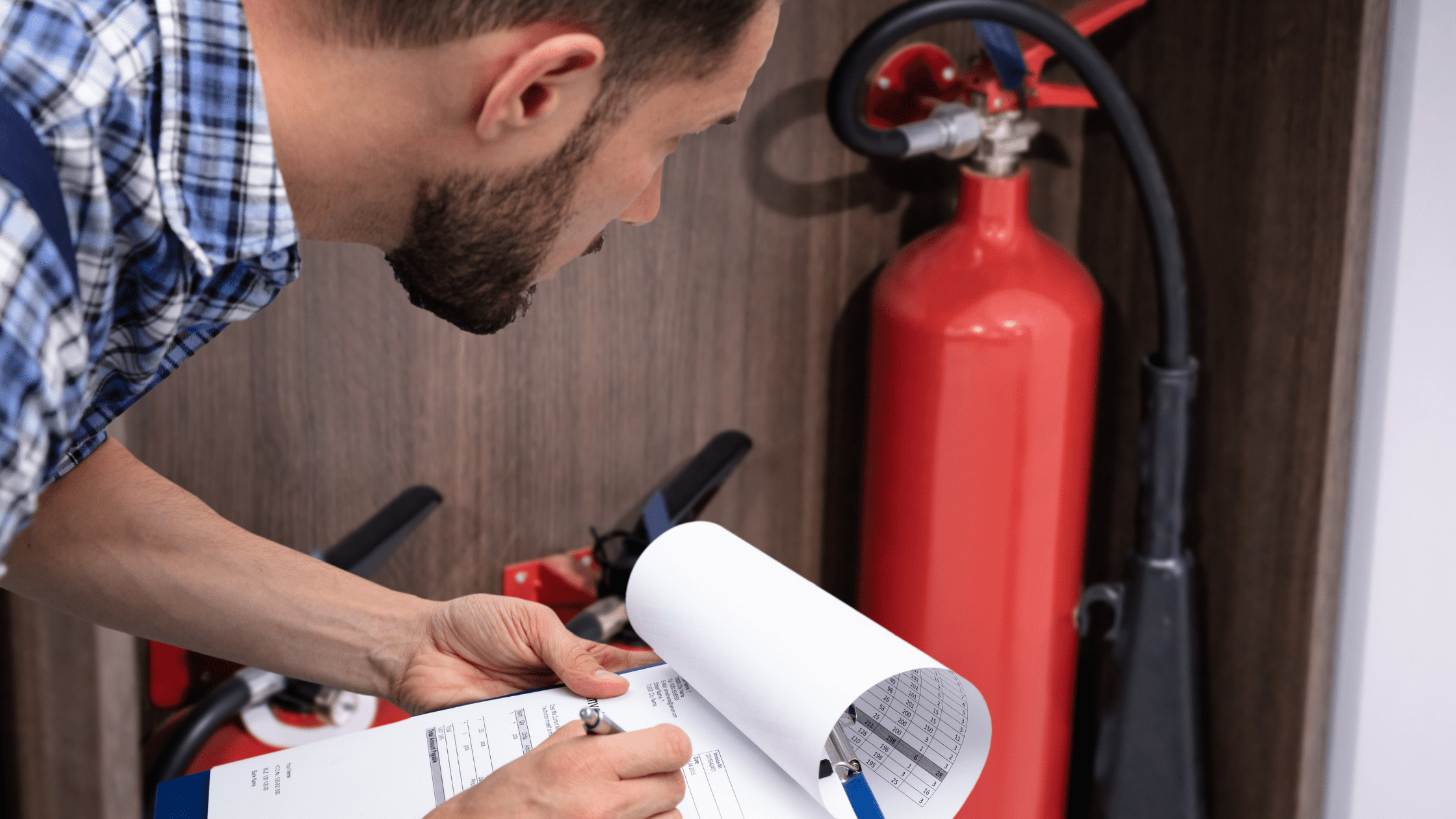If you have ever been asked to “become the fire warden” at work or join the Emergency Control Organisation (ECO) team, you might be wondering what that actually means — and what the training involves.
This comprehensive guide explains everything you need to know about Fire Warden Training in Queensland, including what fire wardens do, how to become a Fire Warden in Brisbane, and why this Nationally Recognised Training is essential for every workplace.
What is an Emergency Control Organisation (ECO)?
An ECO is simply your workplace’s emergency response team — the people who take charge during an evacuation or emergency situation. It includes roles such as Chief Warden, Deputy Wardens, Floor or Area Wardens, First Aid Officers, and Communications Officers.
Their goal is not to fight fires, but to manage the response calmly and safely — ensuring everyone is evacuated quickly, efficiently, and accounted for.
What is a Fire Warden?
A fire warden is the designated person in your workplace responsible for leading people to safety during an emergency such as a fire, gas leak, or evacuation.
They are no’t firefighters — their role is to stay calm, follow procedures, and help others evacuate safely. Fire wardens play a crucial role in preventing panic and ensuring every person is accounted for during high-stress situations.
What does a Fire Warden do?
Day-to-Day duties include:
- Monitoring exits and evacuation routes.
- Participating in and helping coordinate evacuation drills.
- Ensuring fire extinguishers and alarms are accessible and operational.
During an emergency:
- Directing people to safe exits.
- Checking rooms and areas to ensure no one is left behind.
- Closing doors to contain smoke or fire.
- Reporting to the Chief Warden at the assembly point.
These tasks are guided by the Australian Standard AS 3745: Planning for Emergencies in Facilities, which outlines the required procedures for workplace emergency management.
Who is the Chief Fire Warden?
The Chief Warden leads the entire evacuation process, coordinating the ECO team and communicating with emergency services. Think of them as the captain during an emergency — they make key decisions, ensure the plan is followed, and oversee all wardens to ensure an orderly and safe evacuation.
How do you identify a Fire Warden?
During an emergency, colour-coded hats or vests help identify wardens quickly:
- Fire wardens: Yellow helmet or vest.
- Chief fire wardens: White helmet or vest.
This colour system ensures everyone can easily see who to follow, even in low-visibility or high-stress environments.
How to become a Fire Warden?
If you have been nominated by your employer or want to take on the role, the process is straightforward:
1. Be nominated by your workplace (or volunteer yourself).
2. Complete a nationally recognised Fire Warden Training course in Queensland – Delivered by Australian Training Institute (RTO 30200).
Duration: Approximately 4 hours
Delivery: Face-to-face at our Albion or Ipswich campuses, or onsite at your workplace (minimum numbers apply).
3. Refresh your training every 2 years to maintain current skills and compliance with Australian Standards (AS 3745).
And that’s it — you don’t need to be super fit, have a military background, or know everything about fire science. You just need to be willing to learn and take responsibility in emergencies.
What is Fire Warden training involve?
ATI’s Fire Warden course is practical, hands-on, and designed for real workplaces. You’ll learn to:
- Understand Australian fire safety legislation and workplace procedures.
- Identifying fire hazards and reduce risks
- Use fire extinguishers safely (if appropriate).
- Conduct evacuations and account for personnel.
- Communicate effectively during emergencies.
Training includes simulated evacuation drills and interactive discussions, helping participants build confidence and leadership under pressure.
By the end of the course, you’ll have the confidence to lead and manage people safely during high-pressure situations.
Legal Requirements and Workplace Compliance
Under Queensland’s Work Health and Safety Act 2011 and related fire safety regulations, employers have a duty of care to ensure their workplace is prepared for emergencies. This includes having an up-to-date Emergency Evacuation Plan and trained personnel to carry out those plans effectively.
Fire Warden Training supports compliance with:
- AS 3745:2010 – Planning for Emergencies in Facilities
- Building Fire Safety Regulation 2008 (QLD)
- Work Health and Safety Regulation 2011 (QLD)
Employers who fail to meet these standards may risk penalties, increased liability, and reputational damage — making regular fire warden training a vital investment.
How long is Fire Warden training valid for?
Fire Warden Course Certification is valid for 2 years, in line with recommendations from Australian Standard AS 3745.
ATI recommends completing a fire warden refresher training course every 2 years to ensure your knowledge remains current, and you retain confidence in your role. Refresher training can be completed quickly and ensures ongoing compliance.
Why is Fire Warden training important?
Fire warden training helps ensure your workplace is:
- Compliant with WHS and fire safety laws.
- Prepared for emergencies through clear procedures and leadership.
- Safe, with trained personnel who can act quickly and prevent chaos.
Emergencies are rare — but that’s exactly why preparation matters. A well-trained Fire Warden can make the difference between an organised evacuation and a dangerous situation.
Common Questions About Fire Warden Training?
Do I need a Fire Warden in my workplace?
Yes — any workplace that accommodates staff, students, or visitors should appoint and train at least one Fire Warden. Larger facilities may require multiple wardens across different floors or areas.
How often should Fire Warden training be done?
Every 2 years is the industry standard to maintain compliance and ensure practical skills remain sharp.
Who can become a Fire Warden?
Any responsible employee can undertake the role — no prior experience or qualifications are required.
Ready to Get Qualified?
Becoming a Fire Warden is one of the most valuable leadership roles in any workplace. It shows initiative, responsibility, and commitment to safety.
At the Australian Training Institute, we deliver nationally recognised Fire Warden and Fire Extinguisher Training designed to build real confidence and competence.
👉 Book your course today:
- Fire Warden & Fire Extinguisher Training: https://atiaustralia.edu.au/courses/fire-warden-fire-extinguisher-training/
- Fire Warden Course: https://atiaustralia.edu.au/courses/fire-warden/
Ensure your workplace is prepared — don’t wait for an emergency to realise you weren’t ready.
